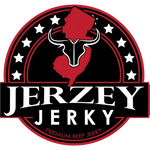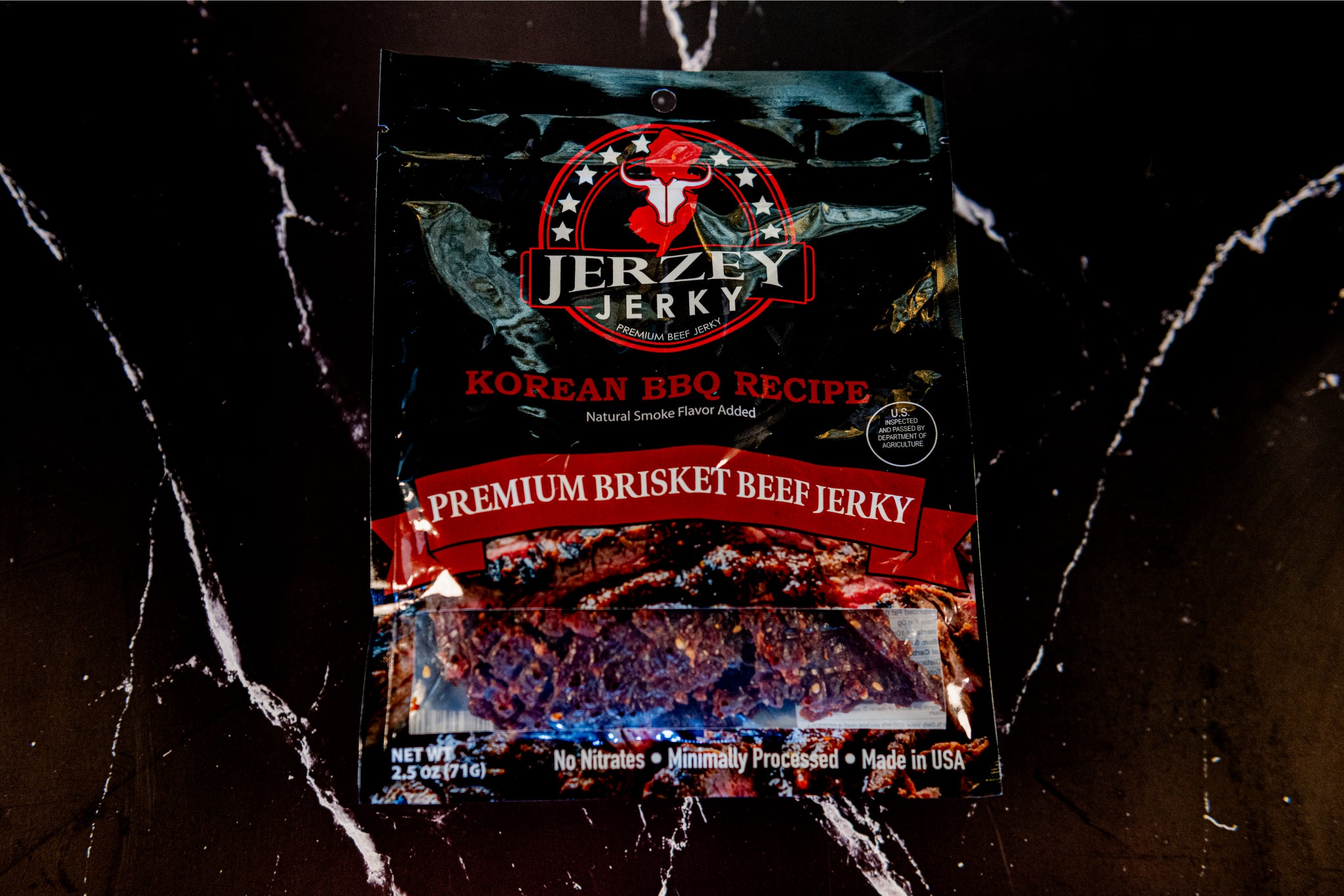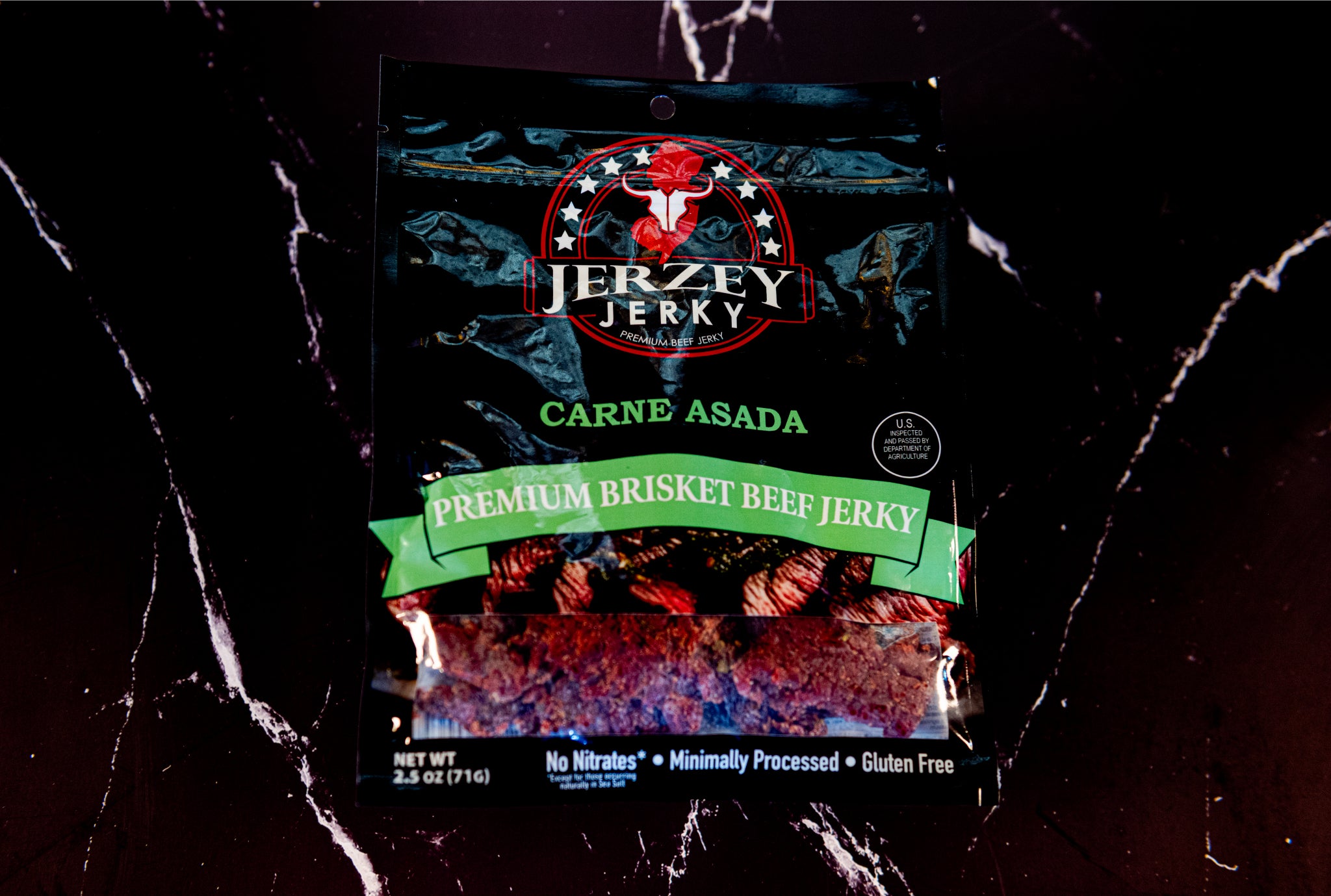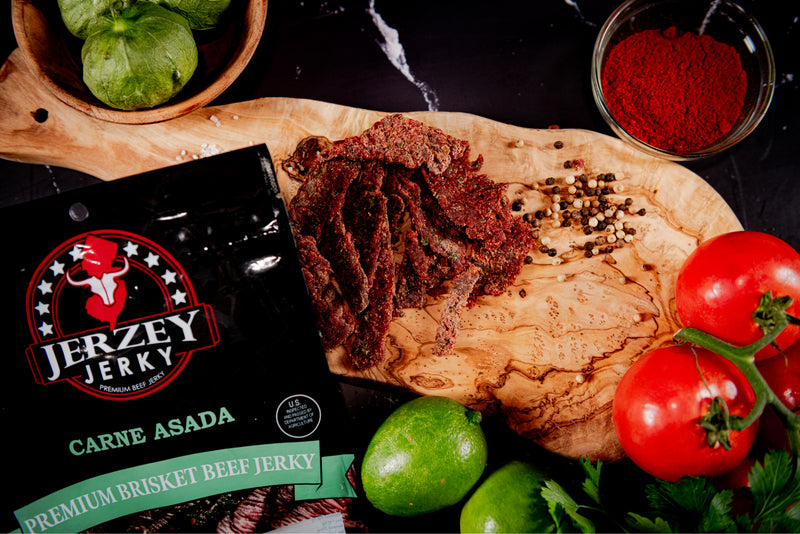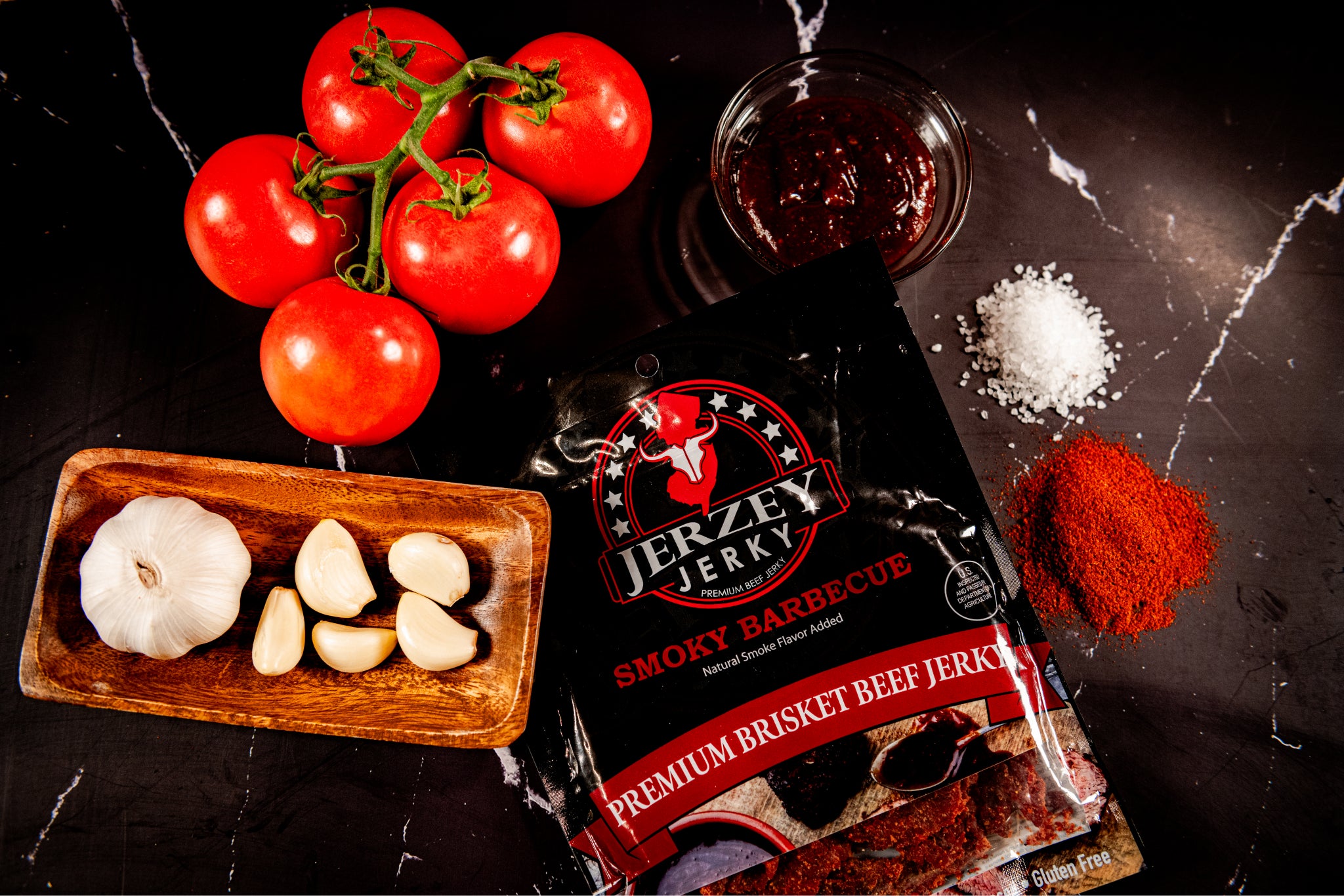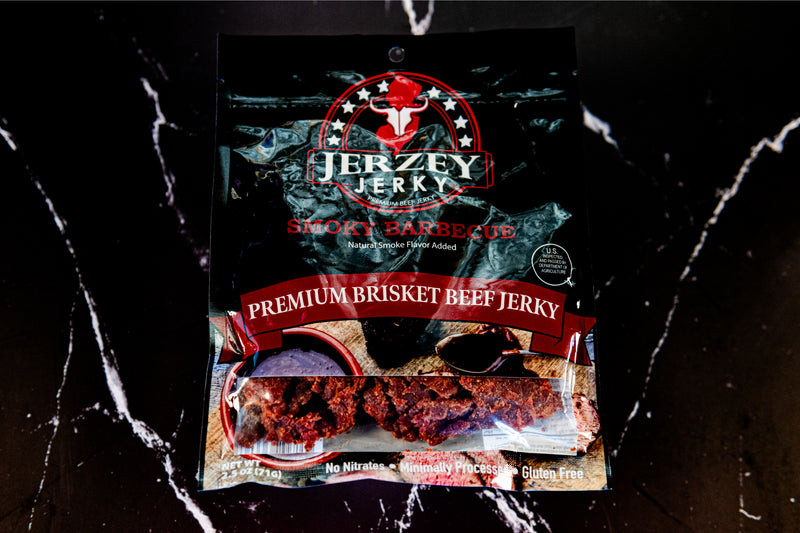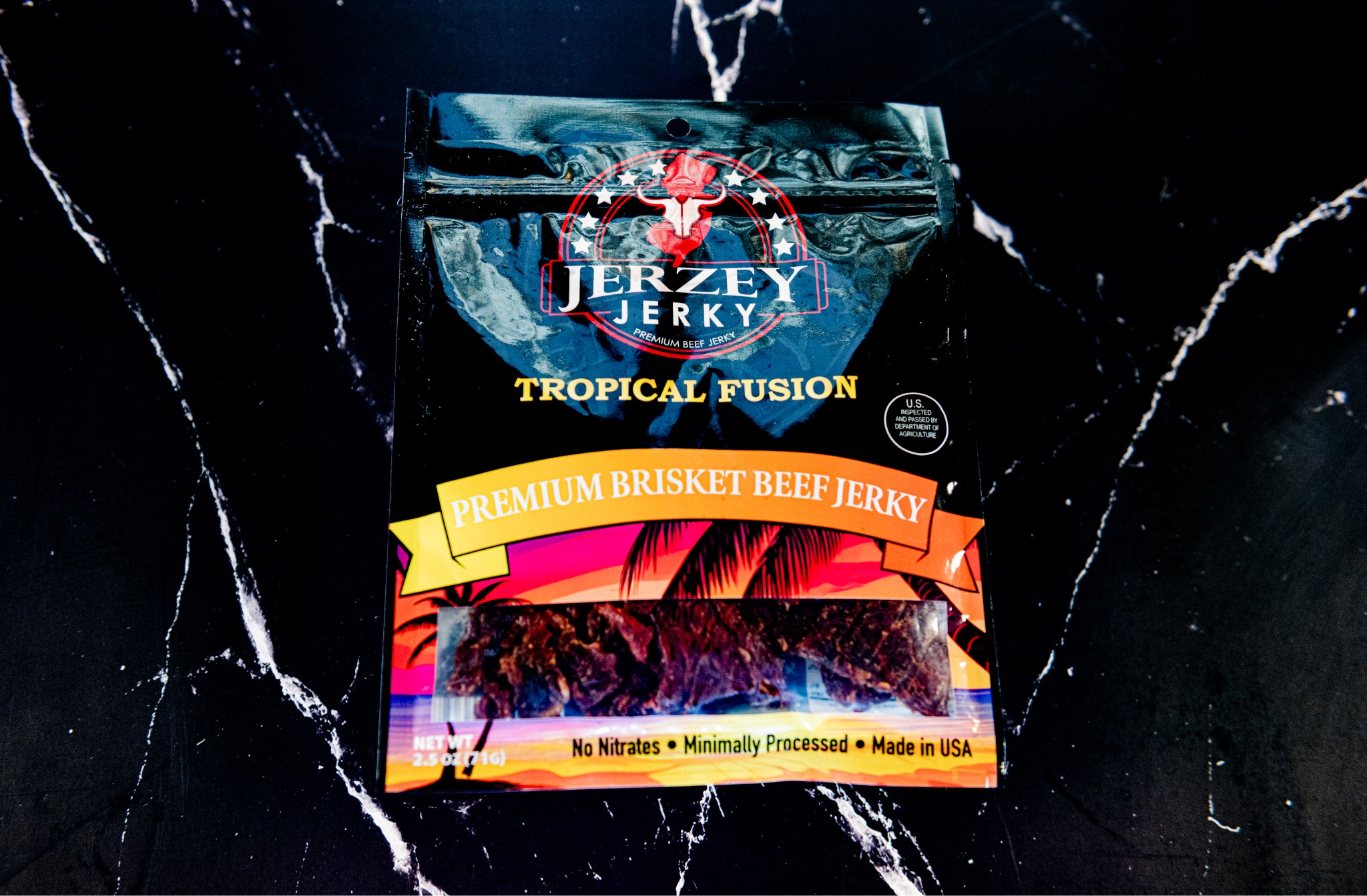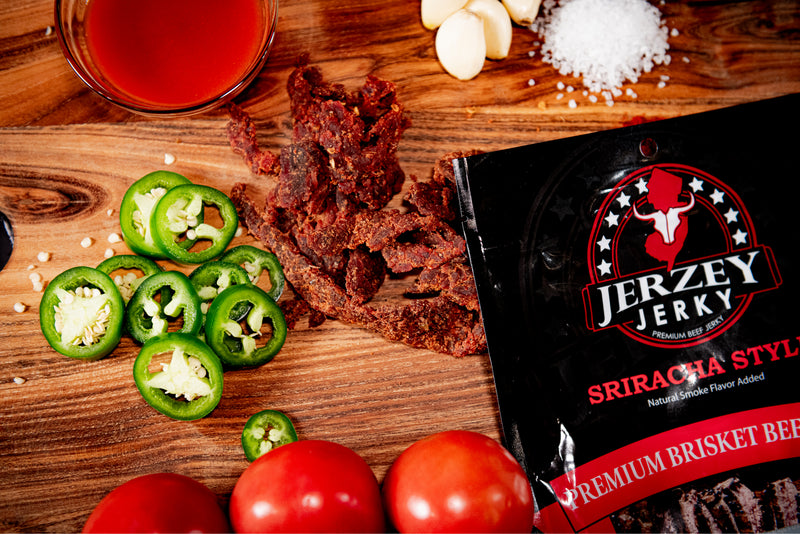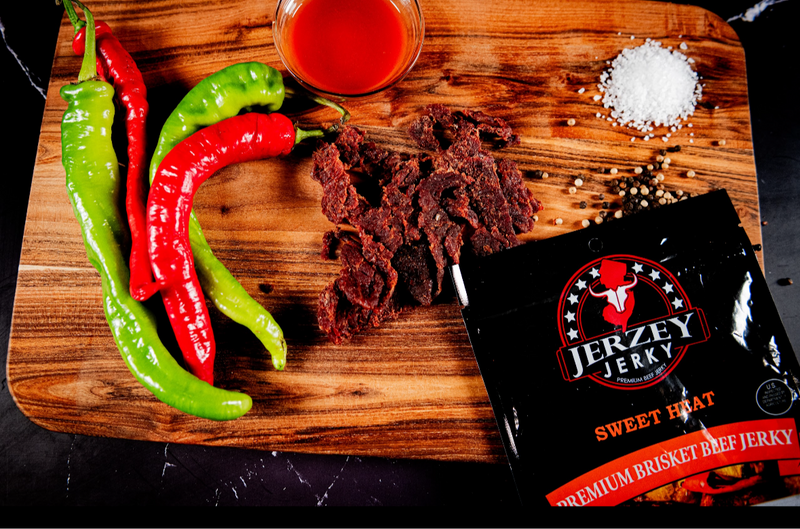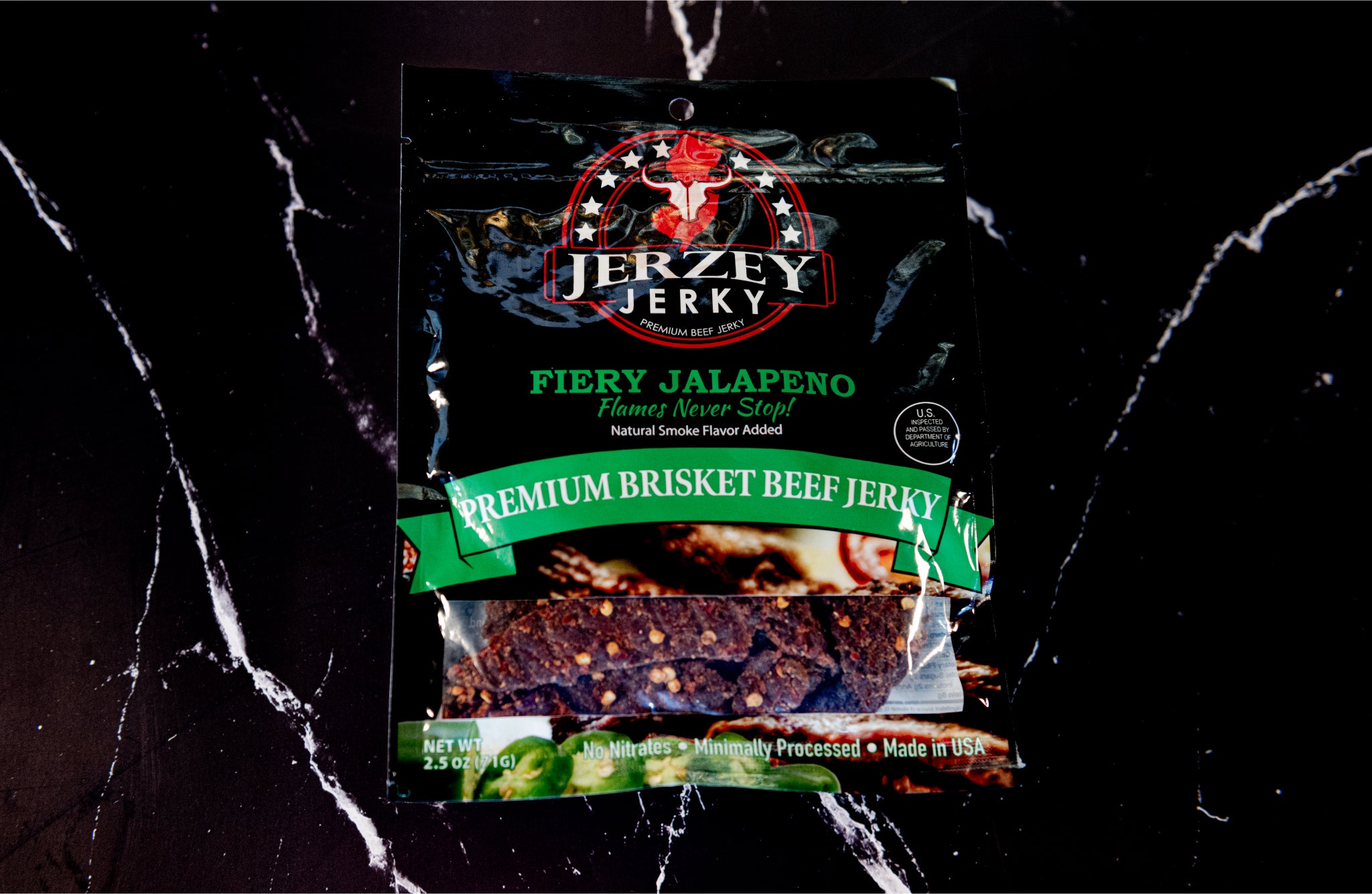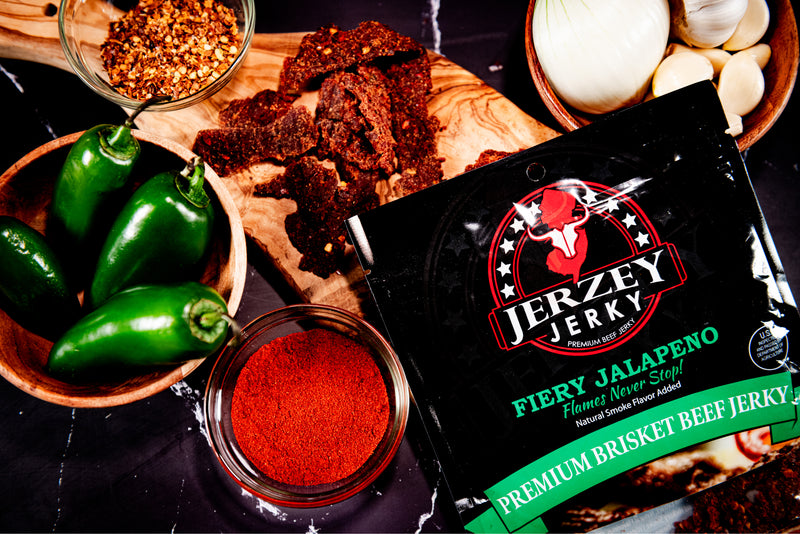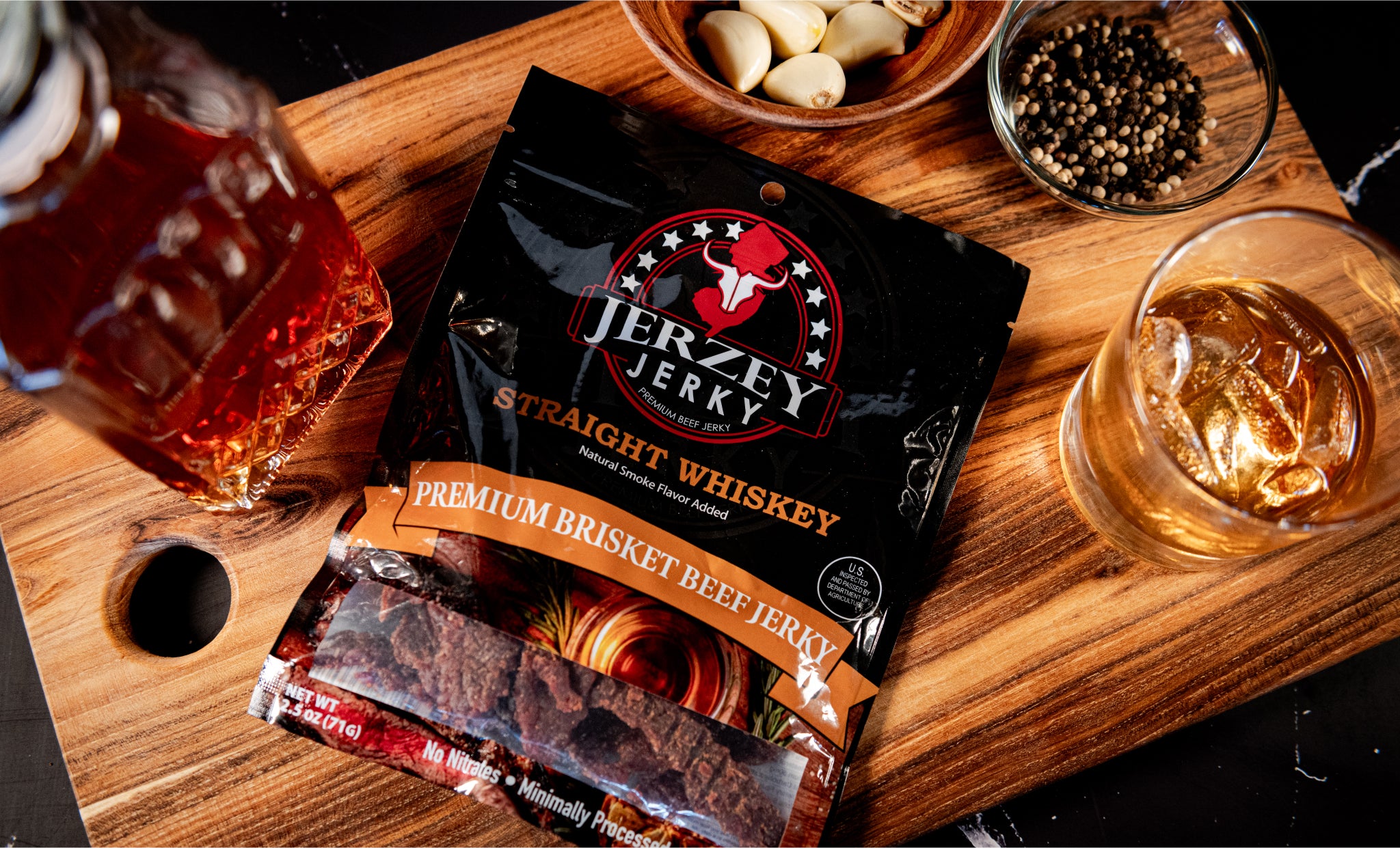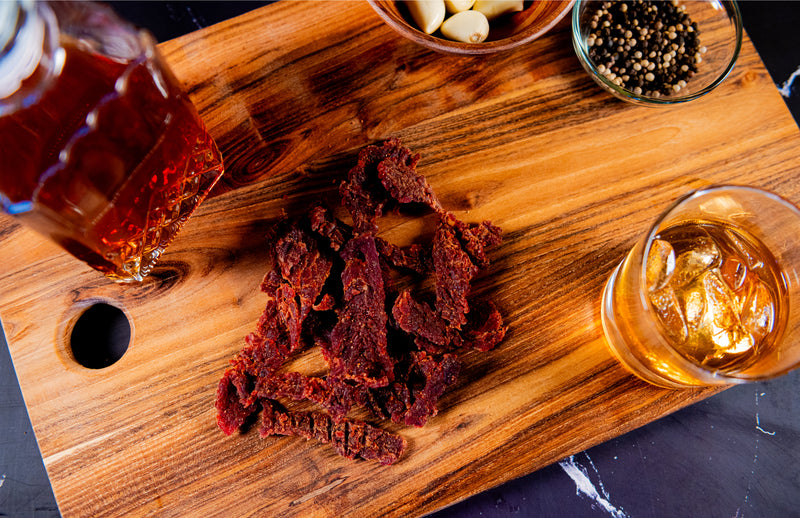
Hormone-Free Beef: Characteristics, Identification, and Nutritional Value
Hormone-free beef comes from cattle raised without synthetic growth hormones. Conventional beef often uses implants containing estrogen or trenbolone acetate, which increase growth by 10–15%. Hormones in traditional systems reduce feeding cycles by approximately 30 days and increase the weight by approximately 18%. Growth of hormone-free beef occurs at a natural rate, which means it requires more time to feed and increases the cost of production. It offers a healthier choice and greater transparency.
What are the Characteristics of Hormone-Free Beef?
There are six characteristics of hormone-free beef that define the flavor, texture, and appearance:
- Flavor Profile: Hormone-free beef has a natural, clean taste. Grass-fed beef has a slightly richer flavour because it contains higher omega-3 fatty acids, with an average of 30-40 mg per 100g of the beef. This nutrient balance is deepening without chemical residues.
- Texture: The feel is soft but a little leaner than how the beef is traditionally raised. Grain-fed beef contains more intramuscular fat, and those cuts with no hormones generally have 5-10% less marbling. This slimmer figure produces a robust bite with tenderness that comes with natural ageing.
- Appearance: Hormone-free beef is of a medium to dark red color, with a sign of freshness and a natural level of hemoglobin. There is moderate marbling, but not as high as in hormone-implanted cattle, which exhibit up to 15% higher fat streaks.
- Fat Content: Fats depend on the type of cut; hormone-free beef contains moderate amounts of fats. A chuck steak containing 14-18 g fat is 100 g, and a round containing a leaner balance includes 7-9 g fat. These are more natural values without fattening that have been hastened..
- Juiciness: Juiciness is maintained with proper cooking because natural collagen is degraded gradually in low temperatures. Collagen is converted to gelatin at 70-80 °C and entraps liquid in fibers. There is no need to use excess fat to retain moisture since it relies on slow, slow cooking as opposed to synthetic marbling.
- Aroma: The smell is clean and has no chemical aftertaste. Natural feeding and lack of implants help pregnant cows to lower stress hormones such as cortisol, which affect flavors. This balance creates a simple aroma of beef, cozy and natural.
Shop the best-selling Korean BBQ Beef Jerky - Brisket & Carne Asada Beef Jerky - Brisket!
What is the Nutritional Value of Hormone-Free Beef?
Five nutritional factors affect the quality of hormone-free beef, which are given below.
- Protein Content: Beef provides all the essential amino acids in a full protein content that is hormone-free. One hundred grams of serving contains 26-28 grams of protein, which is sufficient to build muscles and metabolize energy, minus artificial growth promoters.
- Healthy Fats: Hormone-free, grass-fed beef has more omega-3(essential fatty acids) and CLA. Research indicates two to three times higher levels of omega-3s, which are approximately 40-60mg per 100 g, than grain-fed beef. These fatty acids help with heart health.
- Vitamins: It provides a good profile of B vitamins. Beef also provides 2.5 micrograms of B12 per 100 g, which is more than the required one. Niacin and riboflavin are used in converting energy.
- Minerals: This beef is a good source of bioavailable iron, zinc, phosphorus, and selenium. As an example, 2.6 mg of iron per 100g assists in oxygen transmission, and Zinc enhances the immune system and wound healing.
- Calories: The cut differs in terms of caloric content. Lean sirloin has an average of 170-180 calories per 100g, and fattier ribeye has 250-280 calories. Hormone-free farming would guarantee these values are not fattening but are a natural growth.

How to Identify Hormone-Free Beef?
Here are three methods to check the Hormone-Free Beef .
- Labeling & Certification: Certified hormone-free beef carries clear packaging claims. In the U.S., the USDA “No Hormones Added” seal confirms cattle received no synthetic implants. Independent audits check farms yearly, ensuring compliance. Processor ID codes are also contained in over 95% of certified labels and provide food traceability between farm and shelf
- Visual & Market Clues: Hormone-free beef is almost identical to the standard beef, and, as a result, packaging labels are crucial. These products are barcoded by supermarkets to certification databases. Most packs have a QR code scan that gives farm origin, type of feed, and certification date, which gives buyers transparency.
- Farming Practices: The growth rate of these cattles is lower, and the average slaughter age is 24-26 months as opposed to 18-20 months in conventional systems. Extended rearing time also increases the level of welfare and decreases stress indicators such as cortisol by 15-20% in herds so tested.
How to Cook Hormone-Free Beef?
Here are the six steps to cook the Hormone-Free Beef. These steps must help to cook the beef.
- Preparation Tips: Hormone-free beef allowed to warm at room temperature (about 20-30 minutes) before cooking. This action balances the internal muscle fiber tension, which enables more uniform cooking. Directly placing meat out of the fridge does not cook it evenly, and the internal parts remain undercooked.
- Cooking Methods: Hormone-free beef cooked in a variety of ways, such as pan-searing, grilling, roasting, or sous vide. When grilling at high temperatures at 230-260 °C, the Maillard reaction develops flavor depth. Sous vide at 55-60 °C in 1-3 hours is a method that maintains tenderness so that there is minimal loss of nutrients in cooking.
- Temperature & Timing: Lean cuts, Round or sirloin cuts are better off with a little less heat and reduced times. Excessive exposure hardens the proteins, which makes them less juicy by up to 25 per cent. There is a balance between tenderness and food safety: medium-rare at 57 °C and medium at 63 °C with the help of using a thermometer.
- Resting: The beef is allowed to rest after cooking, loosely wrapped in foil, for 5-10 minutes. At this stage, internal juices become evenly redistributed. Missing the rest results in loss of up to 15% making the meat drier. Adequate resting improves both the texture and flavor.
What are Common Mistakes to Avoid with Hormone-Free Beef?
There are four common mistakes to avoid when using Hormone-Free Beef:
- Overcooking: Hormone-free beef is often leaner, and overheating quickly reduces moisture. Cooking above 70°C for extended periods shrinks muscle fibers, pushing out nearly 25% of natural juices. Using a meat thermometer prevents dryness and preserves tenderness in lean cuts.
- Ignoring Label Claims: All the “natural” beef labeled packets are not hormone-free. Certified packs display USDA “No Hormones Added” or equivalent local seals. Over 90% of mislabeling cases involve unclear packaging. Always confirm certification codes or QR scans to ensure authenticity and avoid counterfeit products.
- Skipping Resting: Serving beef immediately after cooking forces liquids to escape. Resting for 5–10 minutes allows juices to redistribute evenly. Tests show un-rested cuts lose up to 15% more moisture, leaving meat tougher and less flavorful.
- Using Excess Oil or Butter: Hormone-free beef has a clean, natural taste. Adding more than 10 g of oil per 100 g of meat masks flavor. Leaner cuts need only light brushing with oil to prevent sticking, while over-oiling adds unnecessary calories and dulls the beef’s shape.
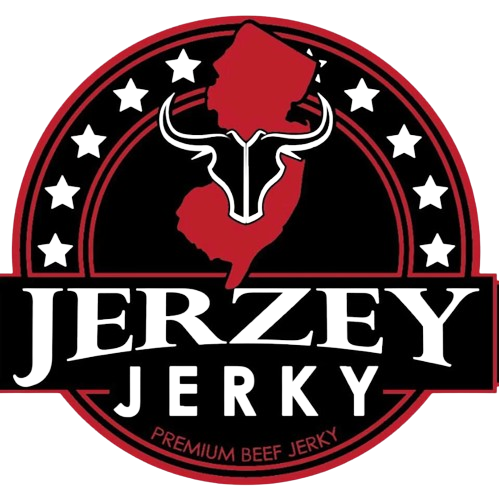
 2025-09-28
2025-09-28
 Wayne Holland
Wayne Holland

